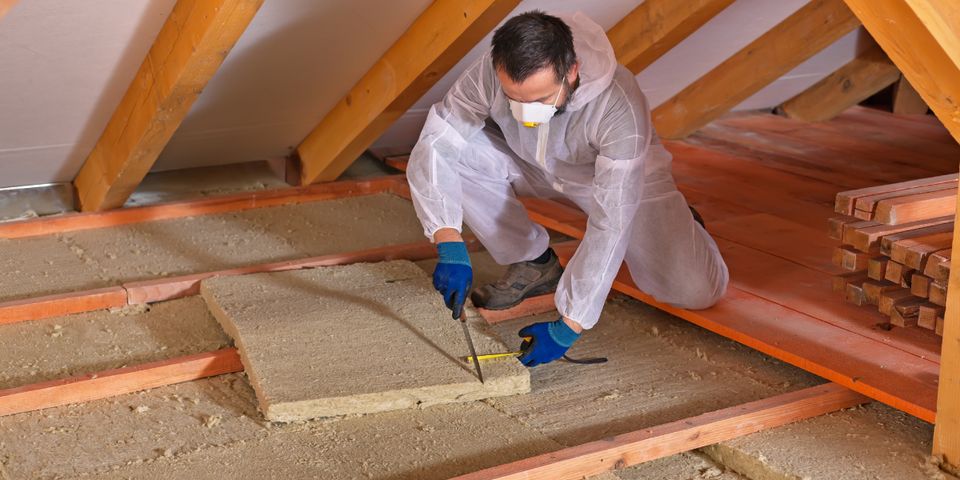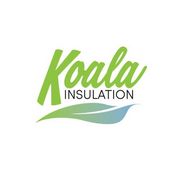The Link Between Insulation & a Home's Energy Efficiency

Your home is susceptible to heat loss and gain throughout the year, making it challenging to keep the interior comfortably warm in winter. A variety of insulation installations can reduce heat transfer, leaving you with a space that won't overwork your HVAC system. Use this guide to determine what type of insulation could be used to improve your home's energy efficiency.
How Does Insulation Work?
Heat moves from warmer to cooler areas until the temperature is the same throughout the home. The right insulation installations will slow down air passing through the house to reduce how much heat is lost or gained in the surrounding area.
Each insulating material has an R-value, which indicates how well it performs. The rating depends on the type, thickness, and density and can change as the insulation succumbs to temperature, aging, and moisture accumulation. Generally, when installing new insulation, the higher R-values will be better at resisting heat transfer, but the climate and placement will largely determine which thickness is needed.
What Are the Different Types of Insulation?
Cellulose

Many contractors like to use cellulose insulation, which consists predominantly of recycled paper. Its unique composition allows it to conform to most enclosed areas. Loose-fill cellulose is dry and commonly blown into existing closed walls. While it can be used in new wall construction, most contractors prefer wet-sprayed cellulose to create a better seal against air.
Fiberglass
Fiberglass is a common material made from molten glass. It's spun or blown into extremely fine fibers to create batts, rolls, loose-fill, rigid board, and duct insulation. Due to its effectiveness in reducing heat transfer and sound, it continues to be a widely popular choice among contractors.
Generally, fiberglass can significantly improve a home's energy efficiency when the insulation installation is done correctly. Typically, batting is reserved for walls and ceilings, and loose-fill is used on floors.
Polyurethane
This insulation material is better known as spray foam, and it contains a low-conductivity gas in either closed- or open-cell formulas. A closed-cell foam expands and effectively fills the surrounding spaces, which is excellent for roofing and other exterior applications.
A foam with cells that are open enough to allow air inside is ideal for interior wall cavities, attic spaces, ducts, ceilings, and crawl spaces. However, spray foam with moderate density should be applied in spots that are susceptible to sound and moisture penetration.
Improve your home's energy efficiency by working with the trusted professionals at Koala Insulation of Panama City. For over 15 years, this family-owned business has provided quality insulation installation services to homes throughout Panama City, FL. Their experienced team will be happy to answer any of your questions. Visit their website to learn more about how they can help, or call (850) 387-0130 to schedule an appointment.
About the Business
Have a question? Ask the experts!
Send your question

